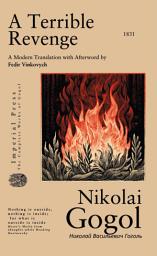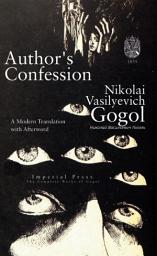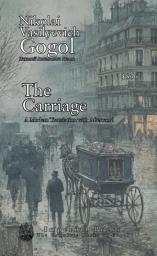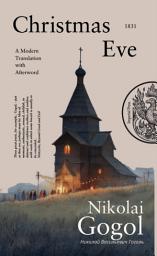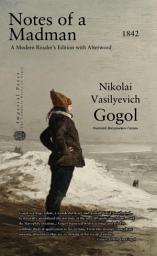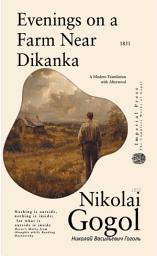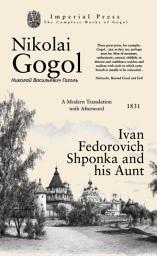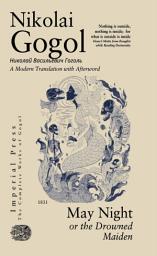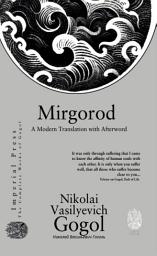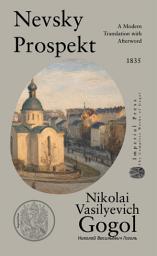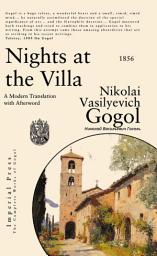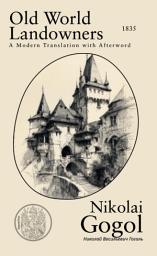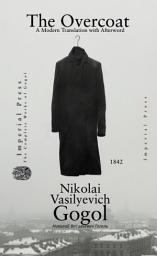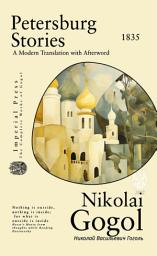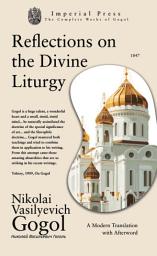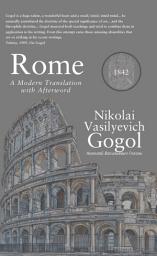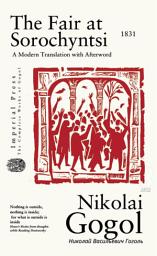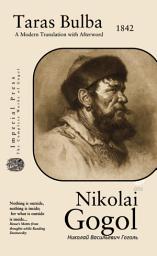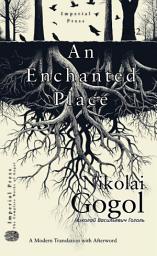The Complete Works of Gogol
Latest release: May 9, 2024
Metaphysics
Series
26
Books
About this ebook series
The final story in Evenings on a Farm Near Dikanka shifts into epic tragedy, chronicling a Cossack hetman’s betrayal and a sorcerer’s curse spanning generations. Gogol employs fragmented chronology and apocalyptic imagery—a spectral horseman, a sentient Carpathian mountain—to explore vengeance as a self-perpetuating force eroding moral order. The narrative’s operatic scale and metaphysical despair anticipate Dostoevsky’s grand moral conflicts, yet Gogol roots his darkness in collective myth rather than individual psychology. Historical echoes of Ukrainian resistance against Polish rule infuse the tale with political subtext, though its ultimate focus is the inescapability of ancestral sin. The story’s dissonant blend of nationalistic pride and nihilistic horror marks it as one of Gogol’s most ambitious early works, grappling with themes later refined in Taras Bulba. The tale's moral universe—where innocent descendants suffer for ancestral sins—presents an ethical conundrum that anticipates Dostoevsky's explorations of inherited guilt, particularly in "The Brothers Karamazov," though Gogol frames these questions through folkloric rather than psychological or theological frameworks. Literary historians have noted how this work's Grand Guignol elements stand apart from the generally restrained approach to horror in nineteenth-century Russian literature, marking Gogol as uniquely willing to embrace gothic excess. The text's landscape descriptions—where mountains physically respond to human evil—established a technique of psychologically charged environmental description that would influence subsequent Russian writers, though few would maintain Gogol's willingness to breach mimetic constraints in their treatment of natural settings. "A Terrible Revenge" unfolds as a dark and foreboding tale set in the vicinity of Kiev, centering on the lives of Danilo and Katerina, a young Cossack couple whose happiness is overshadowed by a mysterious and malevolent sorcerer . This stranger, who appears at their wedding celebration and vanishes ominously, is soon revealed to be Katerina's own father, a man consumed by evil and harboring incestuous desires for his daughter . The narrative takes a sinister turn as Danilo discovers the sorcerer's true identity and his connection to the Antichrist, setting in motion a series of tragic events marked by violence and supernatural occurrences . The Cossacks capture the sorcerer, but he manipulates Katerina into releasing him, leading to further bloodshed and the death of Danilo at the sorcerer's hand . The tragedy deepens with the death of Katerina's infant son and her subsequent descent into madness, culminating in a final, fatal encounter with the sorcerer disguised as a traveler . Amidst this grim sequence of events, a miraculous occurrence reveals a knight and a boy descending Mount Kriváň, who ultimately confront the sorcerer and cast him into an abyss where the tormented souls of his ancestors await him . The story concludes with an epilogue, narrated by a blind kobzar, which recounts a legend of betrayal and a vengeful curse that spans generations, ultimately leading to the terrible villainy of the sorcerer and the eternal haunting of the avenger's spirit in the mountains . Gogol masterfully employs elements of Gothic horror and Ukrainian folklore in this chilling narrative, exploring themes of good versus evil, the destructive power of revenge, and the omnipresence of evil in everyday life . The story's construction, characterized by linguistic specificities in the characters' speech and frequent narratorial intrusions, adds to its unique and unsettling atmosphere . This modern edition features a contemporary translation from the original Russian manuscript, making his surrealist and existential literature accessible to readers, and enhanced by an illuminating afterword that focuses on Gogol's relationship with Dostevsky, Tolstoy and Turgenev and his influence of Kafka and other surrealist/ absurdist writers, a concise biography (including his Ukrainian heritage), and a detailed chronology of his life and major works. This robust reader's edition introduces readers to the brilliance of Gogol's literature and the context in which he wrote.
